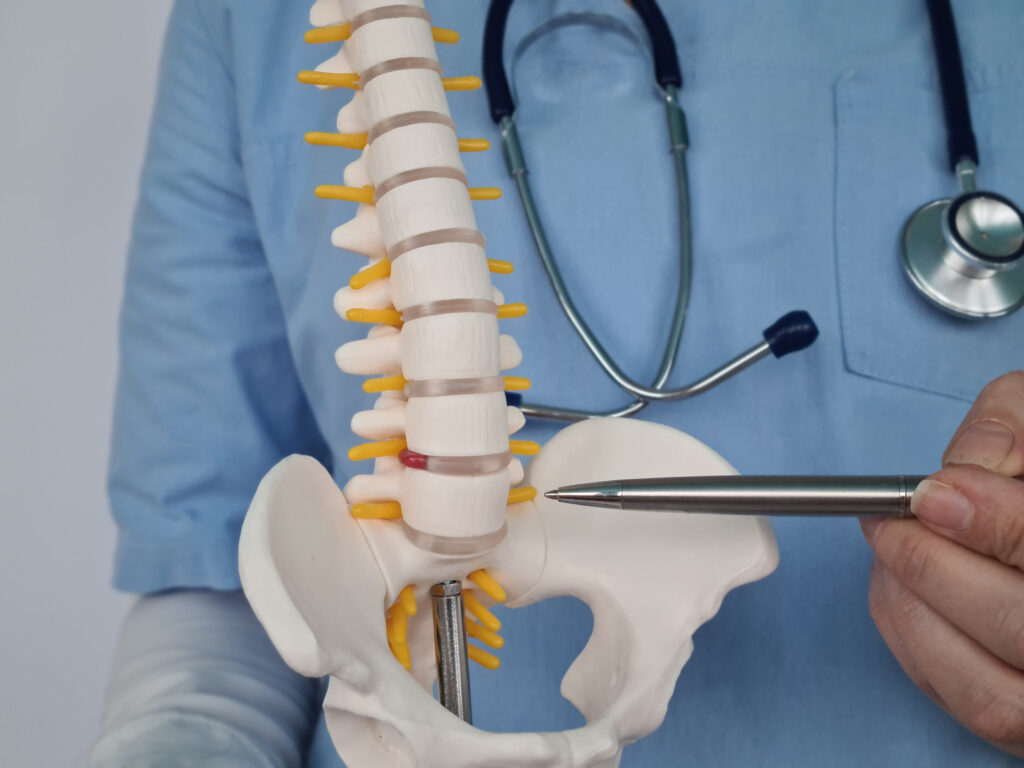Intervertebral disc degeneration (IVDD) is a prevalent condition affecting millions of individuals worldwide, often leading to chronic pain and reduced mobility. The degeneration of the intervertebral disc is primarily caused by damage to the nucleus pulposus (NP) tissue and mechanical stress. Traditional treatments have focused on alleviating symptoms rather than addressing the underlying causes, leading researchers to explore innovative therapeutic strategies. A recent study by Chong Bian, Guangnan Chen, Xiangyang Cheng, Huijie Gu, Zhongyue Huang, and Kaifeng Zhou from the Department of Orthopedic Surgery at Minhang Hospital, Fudan University, presents a promising approach utilizing bioactive glasses (BGs) and mesenchymal stem cells (MSCs) in hydrogel form.
Bioactive glasses have gained recognition in the field of bone regeneration due to their ability to incorporate therapeutic ions into their structure. Manganese (Mn), in particular, has been shown to activate human osteoblast integrins, promoting cell proliferation and spreading. The researchers developed a novel composite known as CMnBGNPs-NPMSCs, which consists of carboxymethyl cellulose hydrogels functionalized with manganese bioactive glass nanoparticles (MnBGsNPs) and NP-derived mesenchymal stem cells. This composite aims to provide a dual therapeutic benefit—promoting tissue regeneration while also delivering bioactive ions directly to the site of injury.
To evaluate the stability and biocompatibility of CMnBGNPs-NPMSCs, the researchers conducted a series of rheological assessments, including gelation time and swelling ratio. These properties are crucial for ensuring that the hydrogel can effectively maintain its structure and release therapeutic agents over time. Moreover, gene expression analysis using quantitative reverse transcription polymerase chain reaction (qRT-PCR) was performed to further characterize the hydrogel. Key genes such as PAX1, FOXF1, CA12, HBB, and OVOS2 were analyzed, providing insights into the biological activity of the MSCs within the hydrogel matrix.
The efficacy of the CMnBGNPs-NPMSCs was tested in vivo using rat models with induced IVDD. The hydrogel-MSC composite was injected directly into the intervertebral discs, and various assessments were conducted to evaluate therapeutic outcomes. Histological examinations and immunohistochemical staining were utilized to detect markers of inflammation and disc regeneration, while disc height assessments provided quantitative measures of therapeutic efficacy.
The results of this study are promising, indicating that CMnBGNPs-NPMSCs could serve as a novel therapeutic strategy for treating intervertebral disc degeneration. The incorporation of manganese bioactive glasses not only enhances the regenerative potential of the MSCs but also addresses the mechanical and biochemical aspects of disc degeneration. This approach may pave the way for more effective treatments for degenerative disc diseases, improving the quality of life for countless individuals suffering from this debilitating condition.
In conclusion, the innovative use of CMnBGNPs-NPMSCs represents a significant advancement in orthopaedic medicine, showcasing the potential of combining biomaterials with regenerative medicine. As research in this area continues to evolve, it holds the promise of translating into clinical applications that can fundamentally change how we approach the treatment of intervertebral disc degeneration.


